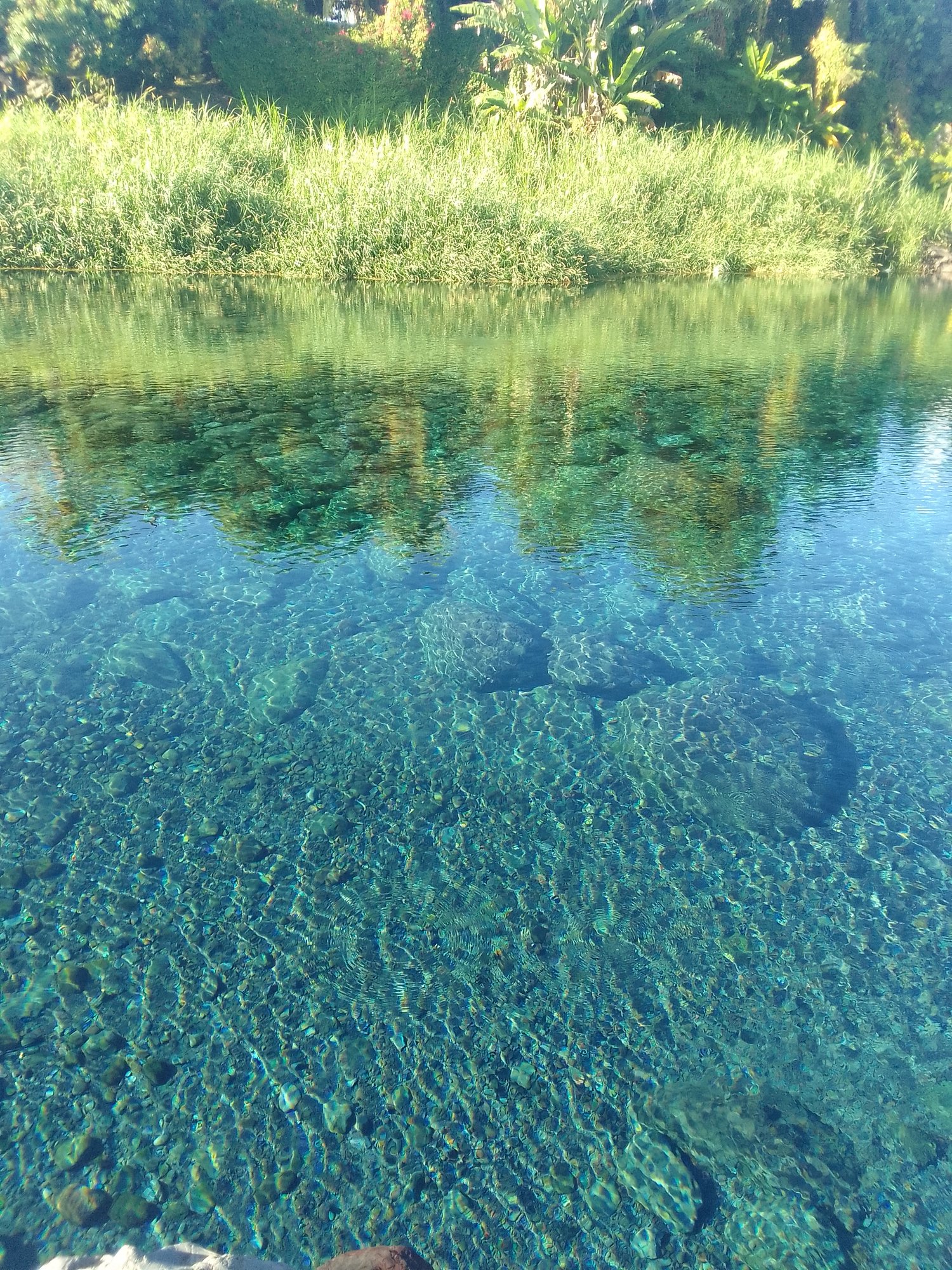Réunion Island: A Tropical Paradise
Nestled in the Indian Ocean, east of Madagascar and southwest of Mauritius, Réunion Island is a gem of French overseas territories. Known for its breathtaking landscapes, diverse ecosystems, and vibrant culture, Réunion Island offers a unique blend of French, African, Indian, and Chinese influences.
Natural Wonders
Réunion Island is renowned for its dramatic volcanic landscape, highlighted by the Piton de la Fournaise, one of the world's most active volcanoes. Hikers and adventurers flock to the island to explore its three calderas: Mafate, Salazie, and Cilaos. These natural amphitheaters, carved out by volcanic activity and erosion, offer stunning vistas and a plethora of trekking opportunities.
The island's lush rainforests, waterfalls, and coral reefs add to its allure. The Cirque de Salazie, for instance, is a verdant haven dotted with cascading waterfalls like the famous Voile de la Mariée. Meanwhile, the coastal areas boast pristine beaches and excellent diving spots, where visitors can explore vibrant marine life.
Cultural Melting Pot
Réunion's culture is a rich tapestry woven from its diverse population. The island's cuisine reflects this diversity, blending French culinary techniques with Creole, Indian, Chinese, and African flavors. Dishes like rougail saucisse (a spicy sausage stew) and samoussas (savory pastries) are local favorites.
Festivals and music are integral to Réunion's cultural life. Maloya and Séga, traditional music and dance forms, are UNESCO-recognized cultural treasures that tell the stories of the island's history and its people's resilience.
Saint-Anne: A Quaint Coastal Town
On the island's eastern coast lies the charming town of Saint-Anne. Known for its picturesque scenery and serene ambiance, Saint-Anne is a perfect retreat for those seeking to experience the authentic and tranquil side of Réunion Island.
Historical and Cultural Sites
Saint-Anne is home to several notable landmarks. The Church of Saint-Anne, built in 1857, is an architectural gem with its intricate façade and vibrant colors. The church is a significant cultural and historical site, attracting both pilgrims and tourists.
The town also hosts traditional Creole houses, reflecting the architectural heritage of the island. These colorful wooden houses with their ornate verandas offer a glimpse into the past and the island's colonial history.
Natural Beauty and Outdoor Activities
Surrounded by lush vegetation and bordered by the azure waters of the Indian Ocean, Saint-Anne is a haven for nature lovers. The nearby Bras-Panon River and its surrounding forests provide excellent opportunities for hiking and exploring the island's unique flora and fauna.
Saint-Anne's coastal location also makes it ideal for water-based activities. From swimming in natural pools to exploring the coral reefs, visitors can immerse themselves in the natural beauty of the area.
Local Life and Traditions
Life in Saint-Anne moves at a slower pace, offering a peaceful contrast to the more bustling parts of Réunion. The town's markets are vibrant with fresh produce, spices, and handmade crafts, reflecting the island's agricultural richness and artisanal traditions.
Local festivals and events provide a glimpse into the communal spirit and cultural richness of Saint-Anne. These celebrations often feature traditional music, dance, and cuisine, allowing visitors to engage with the local culture deeply.
Conclusion
Réunion Island, with its unparalleled natural beauty and rich cultural heritage, is a destination like no other. The town of Saint-Anne, with its historical charm and serene landscapes, encapsulates the essence of the island's allure. Whether you're seeking adventure in the volcanic calderas, relaxation on the beaches, or a cultural immersion in the town's traditions, Réunion Island and Saint-Anne offer a truly unforgettable experience.

